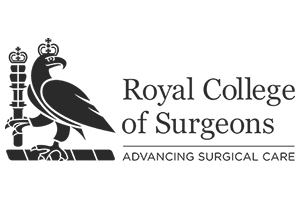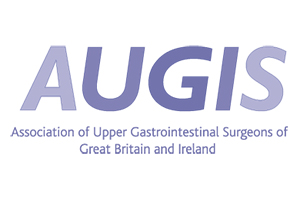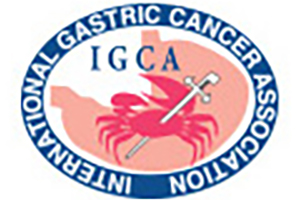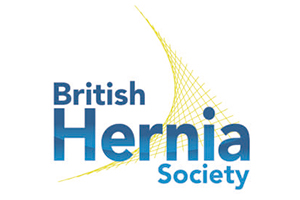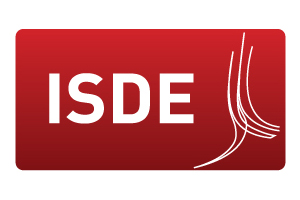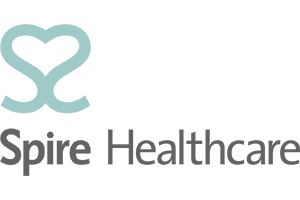Therapeutic endoscopy is the medical term for an endoscopic procedure during which treatment is carried out via the endoscope. This contrasts with diagnostic endoscopy, where the aim of the procedure is purely to visualize a part of the gastrointestinal tract in order to aid diagnosis. In practice, a procedure which starts as a diagnostic endoscopy may become a therapeutic endoscopy depending on the findings, such as in cases of upper gastrointestinal bleeding.
A number of different techniques have been developed to allow treatment to be carried out endoscopically, to treat disorders such as bleeding, strictures and polyps.
A number of techniques are being developed for the endoscopic treatment of acid-reflux disease as an alternative to laparoscopic Nissen fundoplication.


